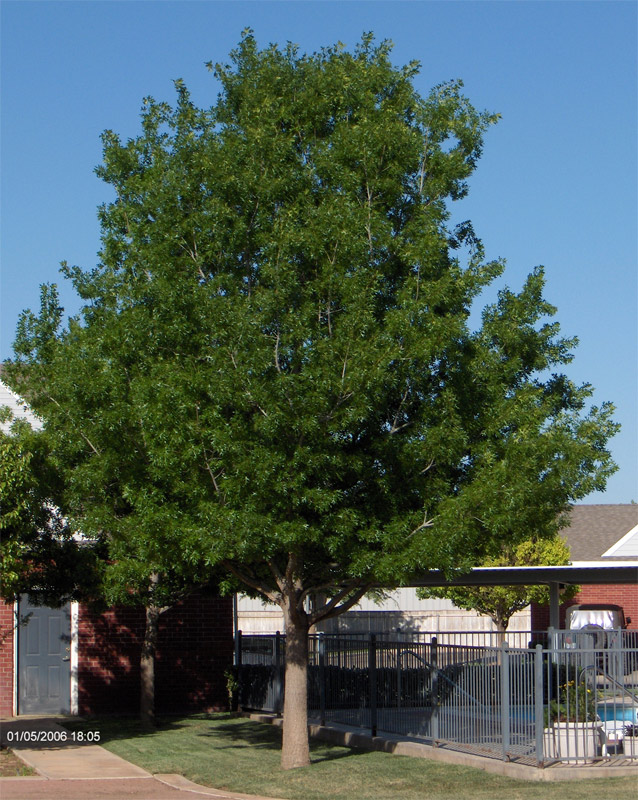
Wood: Pale reddish brown, sapwood darker, heavy, hard, strong, coarse-grained.

Bark is brownish gray, becoming dark brown on old trees. Branchlets slender, at first bright green, shining, then dark red, finally dark brown. On young trees and large stems, smooth and light gray. Bark: Dark reddish gray brown, with broad, thin, rounded ridges, scaly.Seedlings emerge in spring when soil temperatures reach 21 ☌ (70 ☏). The timing of leafout and leaf drop can vary by as much as three weeks in the northern and southern US. The acorns develop on the tree for two growing seasons and are released from the tree in early October, and leaf drop begins when day length falls under 11 hours.

The catkins and leaves emerge at the same time. As a consequence (see below), in cooler regions, northern red oaks often lose their flowers to late spring frosts, resulting in no seed crop for the year. Īs with most other deciduous oaks, leafout takes place in spring when day length has reached 13 hours-it is tied entirely to photoperiod and will take place regardless of air temperature. A few other oaks have bark with this kind of appearance in the upper tree, but the northern red oak is the only tree with the striping all the way down the trunk. Northern red oak is easy to recognize by its bark, which features ridges that appear to have shiny stripes down the center. Trees may live up to 400 years a living example of 326 years was noted in 2001.
Red oak website full#
Under optimal conditions and full sun, northern red oak is fast growing and a 10-year-old tree can be 5–6 m (16–20 ft) tall. It has stout branches growing at right angles to the stem, forming a narrow round-topped head. Open-grown trees do not get as tall, but can develop a stouter trunk, up to 2 m ( 6 + 1⁄ 2 ft) in diameter. In many forests, Quercus rubra grows straight and tall, to 28 metres (92 feet), exceptionally to 43 m (141 ft) tall, with a trunk of up to 50–100 centimetres (20–39 inches) in diameter.

Northern Red Oak is sometimes called champion oak. Often simply called red oak, northern red oak is so named to distinguish it from southern red oak ( Q. falcata), also known as the Spanish oak. It prefers good soil that is slightly acidic. It has been introduced to small areas in Western Europe, where it can frequently be seen cultivated in gardens and parks. It is a native of North America, in the eastern and central United States and southeast and south-central Canada. Quercus rubra, the northern red oak, is an oak tree in the red oak group ( Quercus section Lobatae).


 0 kommentar(er)
0 kommentar(er)
